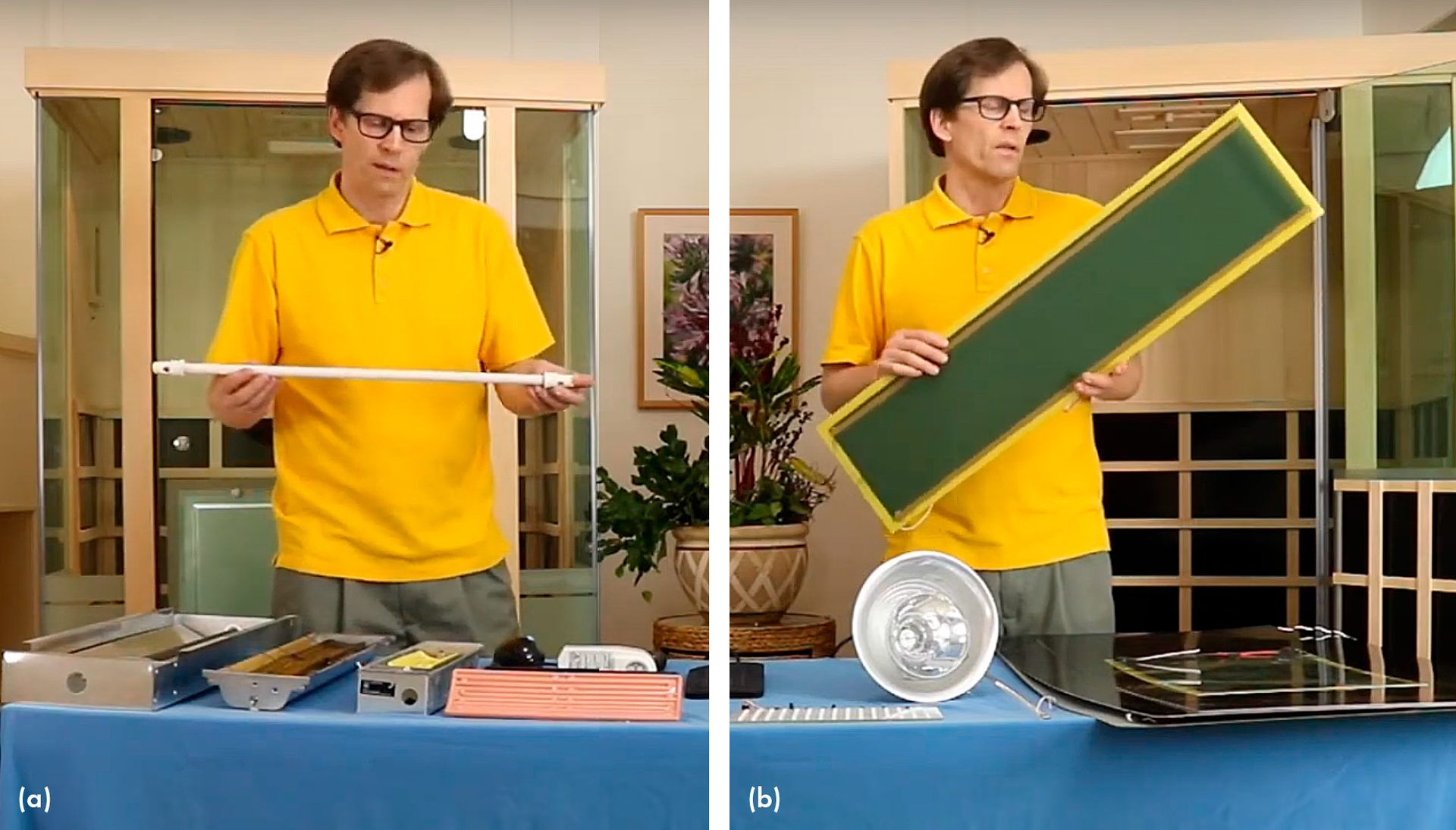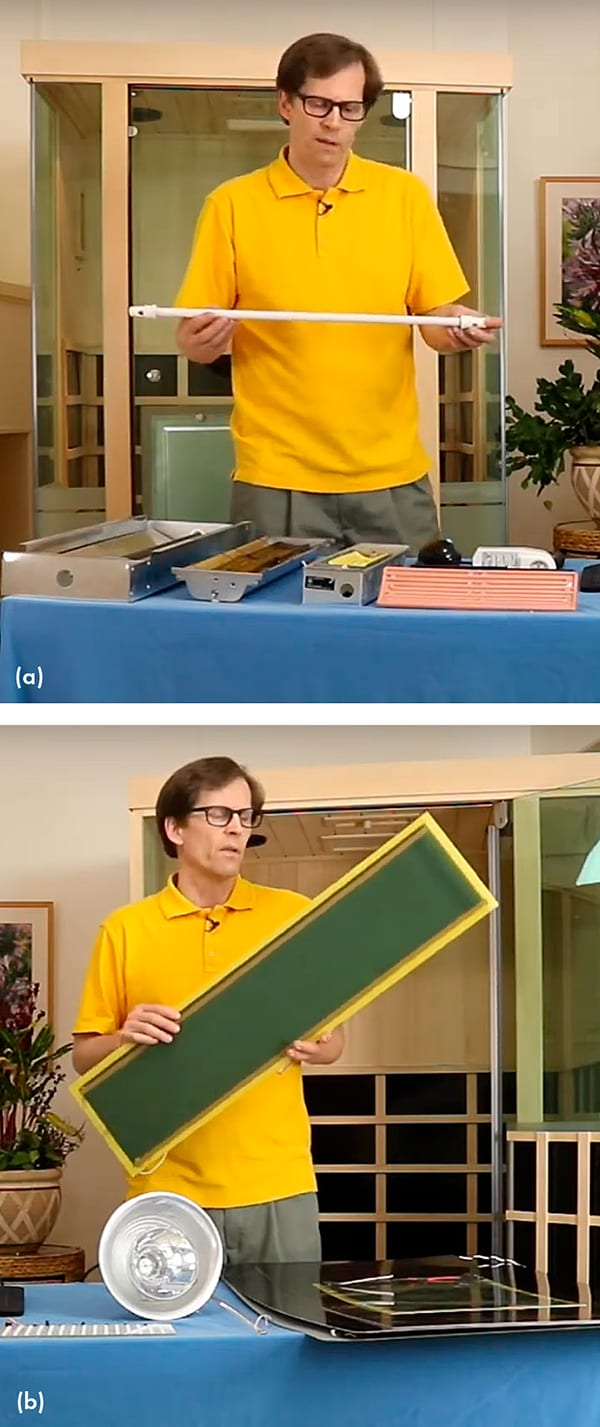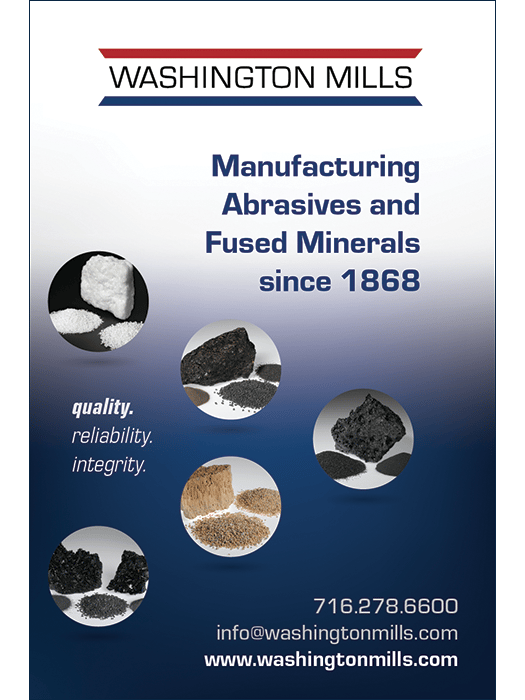Holistic health:
Wellness real estate
bulletin | cover feature
Wellness real estate refers to structures designed and built to ensure holistic wellbeing for their residents. This sector is projected to generate global revenues of $417.8 billion in 2023, corresponding to 6.8% of the total health and wellness industry, and is the fastest growing segment with a CAGR of 21.8% through 2028.11
In the near future, more new homes and communities are expected to incorporate wellness elements such as gyms, saunas, spas, and pools. As discussed earlier, ceramics and glass are fundamental for the construction of these amenities and to achieve a better performance.
For example, ceramics can be found in lamps for infrared saunas. Infrared saunas use heaters to emit radiation in the near or far infrared spectrum, which are needed to evaporate water from the human body. By comparison, traditional saunas use hot air and steam to heat the body by convection and conduction. As such, infrared saunas are more effective in transforming heat into body energy, providing health benefits such as improved blood circulation, faster muscle recovery, joint pain relief, and stress reduction.
The heaters used in infrared saunas are typically made from either ceramics or nanostructured carbon fibers (Figure 8). Ceramic heaters are less expensive than carbon heaters, but carbon heaters are generally considered more efficient and durable, with heat penetrating deeper into the skin.
Some manufacturers have introduced high-performance ceramic heaters to eliminate some of these drawbacks. For example, TheraSauna (Bettendorf, Iowa) produces a solid ceramic heater rather than a conventional tubular ceramic. The heater is characterized by a 96% conversion efficiency and can be regulated to reach any temperature between 50°C and 230°C. By comparison, carbon fiber heaters do not have a temperature controller and typically operate only at 110°C.


Figure 8. In these screenshots from a video by Sun Stream Infrared Saunas owner Kevin Halsey, he overviews the types of heaters used in infrared saunas, including ceramic tubes (a) and carbon panels (b).
Credit: Sun Stream Infrared Saunas, YouTube
Many homes constructed with wellness in mind incorporate glazed ceramic tiles to enhance hygiene. Ceramic tiles are easy to clean, help keep bacteria away, and do not release volatile organic compounds. In addition, they are available in a large selection of shapes, colors, and patterns, and can be used to create the desired atmosphere in every room, thus increasing the sense of comfort.
Tiny mosaic tiles are particularly well-suited to provide special effects. Appiani, a subsidiary of Bardelli Group (Vittuone, Italy), manufactures ceramic mosaics using the single press kiln firing technique, which consists of dry pressing together enamel and clay powders before sintering. This approach allows the company to obtain tiles with unique aesthetic appeal as well as high resistance to various environmental conditions, including wear and abrasion, impact, winds, and frost.43
Additionally, Appiani has introduced a patented antibacterial mosaic technology that removes 99.9% of bacteria from treated surfaces.
Mosaics are also popular for hydrotherapy pools. These pools combine warm water with hydro massages to provide relief from physical and mental conditions, such as muscular stiffness, back pain, arthritis, and anxiety.
Read more of the cover feature with each of the links below, or CLICK HERE to navigate to the next section in this article.
- Factors driving demand in the health and wellness industry
- Sport, fitness, and recreational activities
- Traditional, complementary, preventive, and personalized medicine
- Wellness tourism
- Nutrition and weight management
- Beauty and personal care
- Wellness real estate
- Mental and spiritual wellbeing
- Workplace wellness
